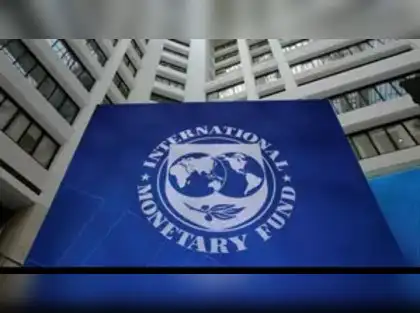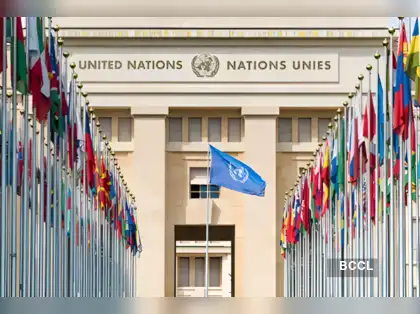The U.S. dollar is having a rough start in 2025, experiencing its biggest drop in value since 1989. This is due to new economic policies from the Trump administration that have made investors uneasy. One big idea on the table is for the U.S. to leave the International Monetary Fund (IMF), which would be a major change.
Trade barriers are rising, partnerships are breaking down, and harsh criticism of the U.S. central bank has made many people worried about the dollar and U.S. assets. So far this year, the dollar has dropped by 8.4%. This decline has caused significant losses for global investors, especially those based in Europe. A decline in the dollar means that the value of investments like the S&P 500 Index is worse for foreign investors.
Right now, many investors see U.S. Treasuries and the dollar as safe places to put their money, but uncertainty about the U.S. government’s plans is changing that view. If the U.S. does exit the IMF, it could have an even bigger impact. Project 2025, a conservative plan for Trump’s possible second term, recommends this withdrawal to save money.
Former Treasury Official Ted Truman warns that leaving the IMF could harm the dollar’s status in the world. The IMF mainly deals in dollars, so countries usually keep their reserves in this currency. If the U.S. leaves, it prompts questions about why any country would want to keep dollars. The dollar makes up 43% of the IMF’s Special Drawing Rights (SDR), while the euro, yuan, yen, and sterling make up the rest. If the U.S. exits, countries like China and the European Union will have more power.
This could accelerate the trend of countries moving away from the dollar. While some in the administration might see a weaker dollar as a way for American goods to be cheaper abroad, there’s a risk of causing disruptions in the U.S. economy. Even if the talk of leaving the IMF is postponed, it will still weigh on the dollar’s value.
Urgent! U.S. Dollar Drop: What an IMF Exit Could Mean for You





Leave a Reply